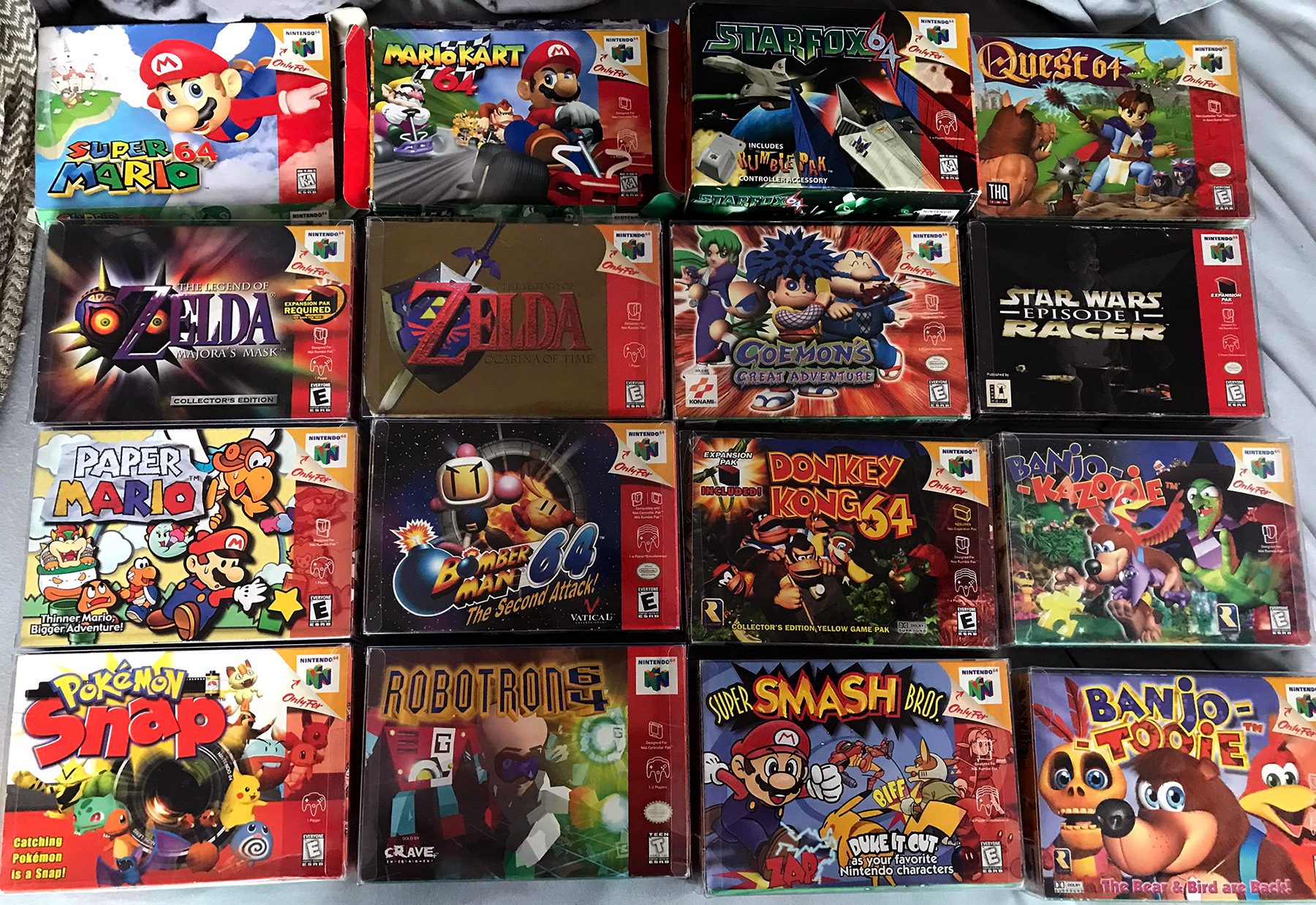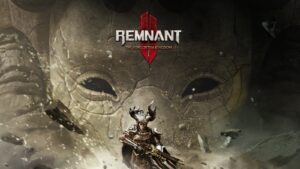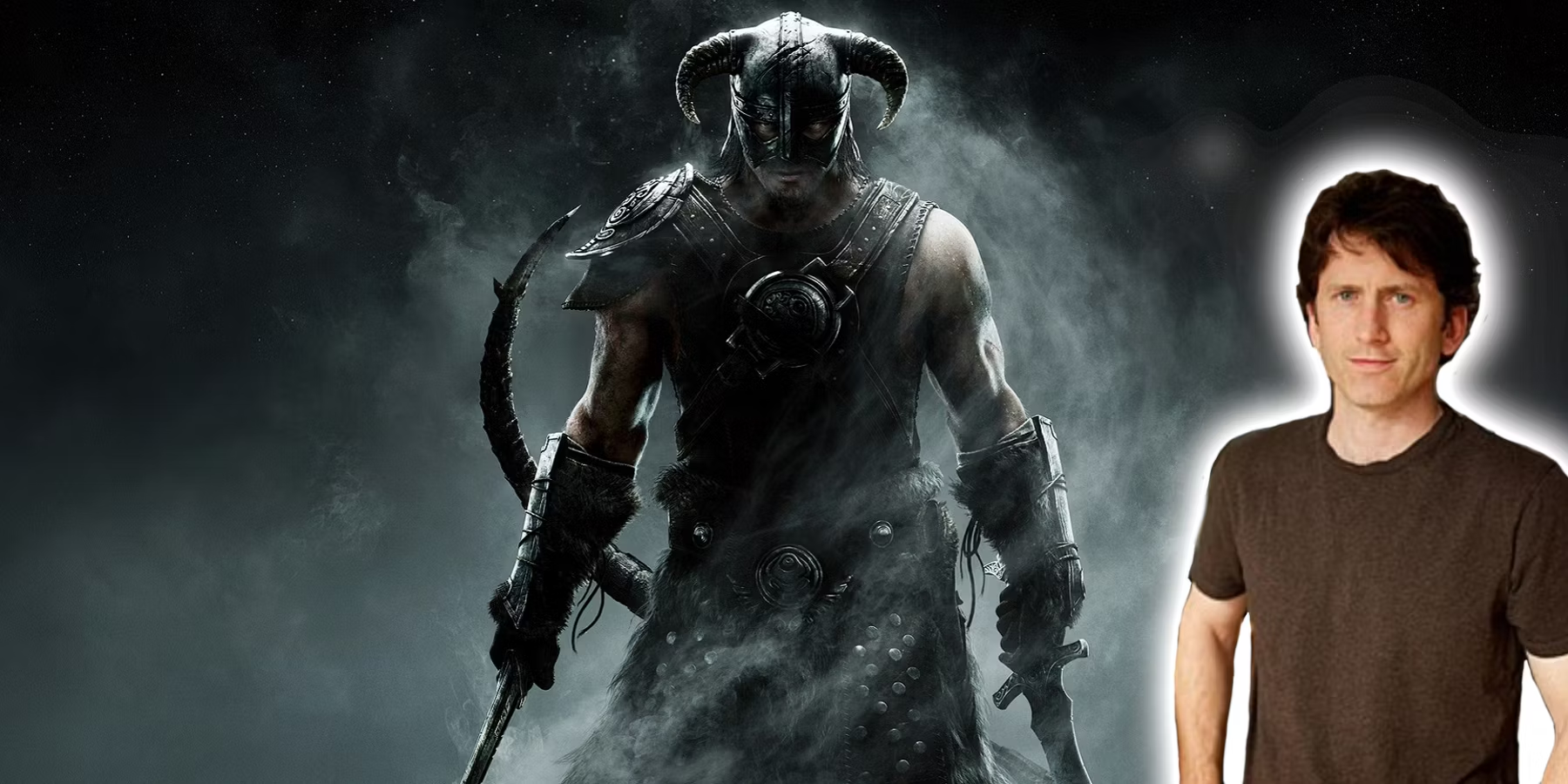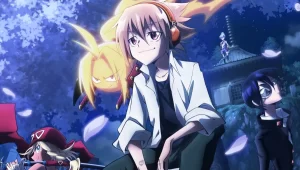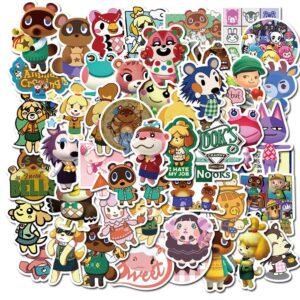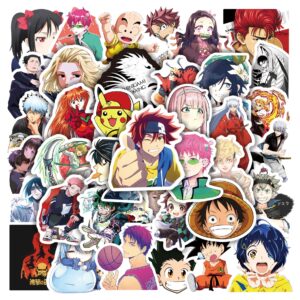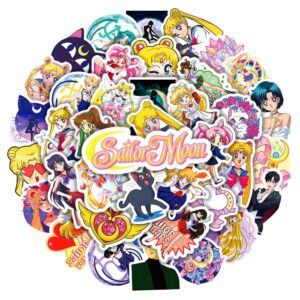If I said the names Gex, Bubsy, Croc, or Cool Spot you’d probably look at me like I’m an insane person. These are the names of some of some unsung heroes, gamings forgotten mascots. Remembered – somewhat infamously – for their lack of character, good gameplay, and style. Gaming mascots, in the traditional sense, are now a thing of the past. There are a few survivors: Mario, Sonic, Rayman, Crash, and Spyro. But today you’re more likely to see a Space Marine than a Lombax.
So why did these mascots disappear? It’s because video games are filled with new faces, ones that cater towards a different market, and different types of gamers. Some of the ‘mascots’ these days are even industry figureheads!
Today I want to take a look at why classic gaming mascots have (mostly) disappeared. What’s changed over the years that meant the cartoonish and friendly gaming mascots have been pushed aside?
What is a Mascot?
Most of us aren’t unfamiliar with gamings best mascots. They’re easily identifiable with their colourful designs and action packed poses. But these days it’s mostly tough dudes with gravel swilling around their mouths. Not to say these new mascots are bad, but they’re very different to what they used to be.
With that said what exactly is a mascot? How can we identify one?
According to visualcontent.space a brand mascot comes down to 5 key factors:
- Choosing the right character
- Creating the personality for your character
- Planning a marketing strategy
- Planning poses, emotions, outfits, scenes
- Design of the character
All of these factors add up to engagement according to global-business-school.org. Said mascot is designed to reflect the product it represents, and to exemplify it as a brand outside of said product. A mascot creates trust, tradition, and a positive relationship with the consumer.
Pikachu is a brilliant example, you can’t honestly say you don’t trust this face. He’s simply designed, cute, and all he says is his own name. Now that’s good branding. Parents of children have found instant comfort in Pikachu for the last 20 years, they know the product he represents and what that product is… its Pokémon.
But it’s not all about markets and consumers. Back in the day designing a mascot required a bit more thought than that.
Designing and Using Gaming Mascots
Video Game mascots really have pull double duty. Not only do they have to be appealing, unique, and ubiquitous with a brand. They also have to represent a games style and gameplay. It’s not that modern mascots don’t do this, but Master Chief with a gun and Kratos with an axe don’t really scream mascot or identifiable game mechanics do they?
I’ll take a look at some classic examples, and we can hopefully start to see why these types of mascots don’t appear anymore.
Let’s start with the Bear and Bird duo – Banjo-Kazooie. On the surface these squabbling pals remind you of any good buddy cop movie (Kazooie being the bad cop… obviously). But to design them in an intuitive way Rare had a challenge on their hands. As the story goes they had already made Banjo. Backpack, yellow shorts and all. But when designing his moves they realised something was missing.
Lead designer Gregg Mayles told Retro Gamer:
“We came up with the […] idea that a pair of wings could appear from his backpack to help him perform a second jump. We also wanted Banjo to be able to run very fast when required [so] we added a pair of ‘fast-running’ legs that appeared from the bottom of the backpack. [And soon after] we came up with the logical conclusion that these could belong to another character, one that actually lived in Banjo’s backpack.”
So Banjo & Kazooie are two sides of the same coin. The player can’t function with one alone, yet they have very different move-sets. This approach was then injected into every facet of their design: They’re two completely different animals, their namesakes are two very different instruments. Ones calm and the others brash.
In order for them to compliment each other they were designed to be very different from one another.
Sonic the Hedgehog was designed in a similar fashion, but under a very different context. Sega designer Yugi Naka and artist Naoto Ohshima wanted Sonic to combat Mario by being emblematic of the American audience.
He was to look ‘cool’, with the spikes and circular design features meaning he could be easily drawn by children (Sonic OC creators rejoice!). Sonic was designed as a deliberate reaction to Nintendo’s family friendly image, and for a time it worked. Sega had seen a space in the gaming market, and decided they were going to fill it.
For a time mascots were used to not only be representative of the gameplay, but the general style of the game too. S0 what happened to these traditional, cartoon centric designs? Designs that became part of the game as much as the gameplay itself.
As the Market moves, so does its Image
Shooters, shooters happened.
Well not just that, but around the time gaming mascots fell (early 2000s) we also saw the rise of games that are directed towards a more mature audience. These mature games couldn’t survive off plumbers and bandicoots. It just wouldn’t work.
Now of course there have been some survivors, adventure-clad Link, platforming Mario, and fire-breathing Spyro to name a few. But these survivors are split into two categories. Nostalgia and deliberation. Let’s take a look.
Look at the above image. Most of these characters have been around for 30 years or more. Whilst their core designs may have shifted, their ideals and personalities have remained the same. Nintendo have made a conscious effort for their family friendly brand to remain the same. There is a huge degree of deliberation with their designs. This deliberation is in line with Nintendo’s ideology, this is why these mascot characters are still here.
They’ve been ingrained into the consumers perception of Nintendo, so they won’t be going anywhere.
Now what do I mean by Nostalgia? Well some developers and publishers bring back mascots – banking on fans nostalgia towards said characters to sell their games. The Crash Bandicoot N. Sane Trilogy and Spyro Reignited Trilogy did exactly that. They don’t reinvent themselves, they bring back their brands and know their older fans will support these decisions.
So what about the other mascots? What happened to them? Why couldn’t they survive? Well as I mentioned gamers became fans of a different type of game. Survival games, shooters, online multiplayer games, these began to dominate the market. Where could cute, funny, and whimsical characters find a home? Definitely not in as many places. In direct opposition you can’t place blank marines, cars, or armour clad soldiers in the games these mascots were in.
Of course, there have been a few exceptions, characters like Master Chief and Nathan Drake are well known, but they don’t have the same aesthetic.
These are brand ambassadors, not mascots. A mascot encompasses the brand but also personifies the image of the brand at the same time. Master Chief doesn’t personify Microsoft, but Mario personifies Nintendo. I think most of us can understand the difference there.
So on that front it’s obvious that as the gaming market changed, so did it’ image. As games didn’t require their characters to exemplify the same characteristics indicative of gameplay, the mascots fell off the map.
The Role of the Internet
To me it wasn’t a coincidence that the fall of the mascot also lined up somewhat with the rise of the internet. The internet introduced personalities. Whether these was streamers, Youtubers, auteurs or industry representatives – the internet allowed them to be seen by millions.
These people have become what I call ‘modern mascots’ . Figureheads like Reggie Fils-Aimé becoming meme generating machines, acting as a point of reference for consumers that didn’t just represent Nintendo’s brand, but were fun as well. Even auteurs like Hideo Kojima and Cory Barlog have become faces behind brands and development. These personalities inject so much of themselves into their games and show that even offline, there’s never a need for a mascot. Real people become as much of the experience as a mascot themselves.
Gamers relate to the person who exemplifies their view on the market. Fortnite players love Ninja, Nintendo fans love Miyamoto, action sci-fi fans love Hideo Kojima. Of course these blanket assumptions aren’t true for everyone, but the point is the same. Players love to share their passion, and when industry heads emphasise this, they’re met with affection.
The Fate of the Gaming Mascot
With all this brought together, what does it mean for the future of gaming mascots? Well every now and again we see a new one, with games like Super Lucky’s Tale and A Hat In Time, so they aren’t entirely gone. Nintendo are also still using mascots as a core part of their brand, and nostalgia is fueling some mascot returns. So they’re still around, just not nearly as much.
Gaming mascots – in the traditional sense – will need to present themselves as essential to the gaming space if they want to return to the current landscape. The major issue being that gaming has shifted so much in the last 20 years that their place doesn’t really exist in the same capacity anymore.
Developers will still create games with mascots, and the surviving mascots will stick around. So they aren’t gone, just fewer in number.
How do you feel about gaming mascots? Do you miss them and hope for their large-scale return? If so let us know in the comments and on twitter! As always thanks for reading COG!




